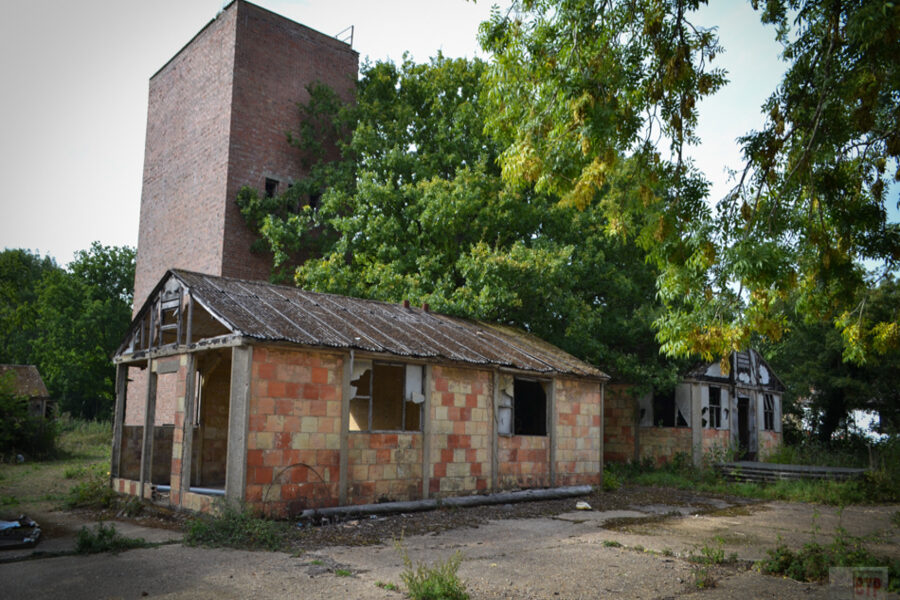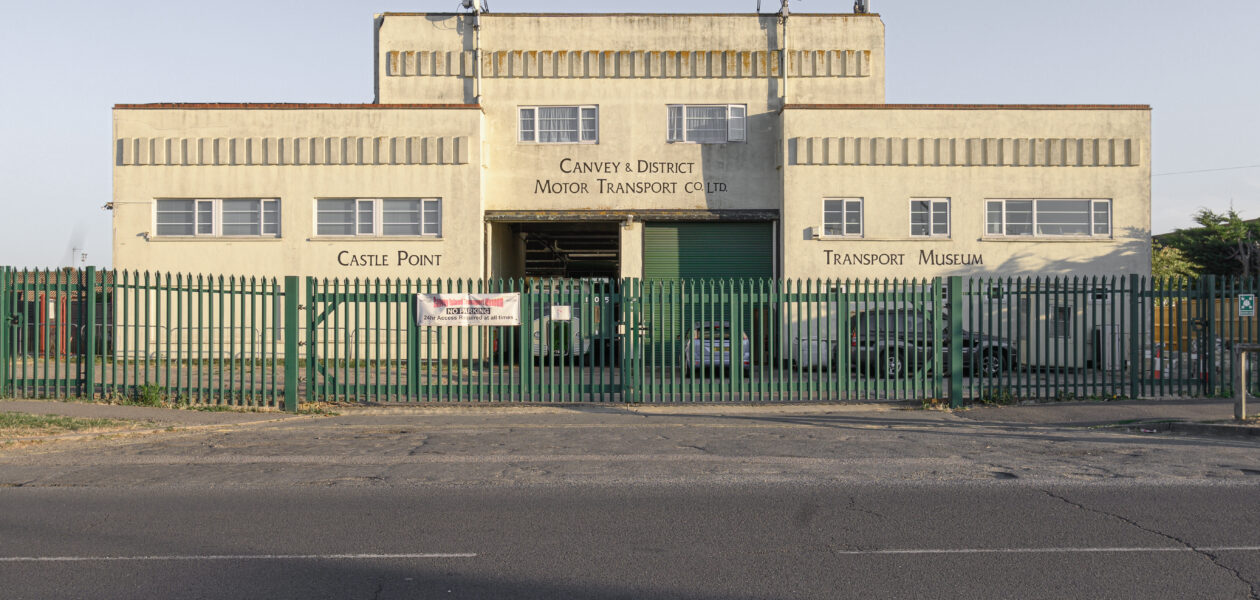Burnham Minefield Control Tower
Once the Second World started in 1939, Britain was keeping a close eye on the east-coast of the country to prevent any German invasion. Burnham-on-Crouch in Essex was little more than a small yacht town before World War Two however the town became much more important when Germany invaded France. With Kent and South-Essex heavily…
View More









